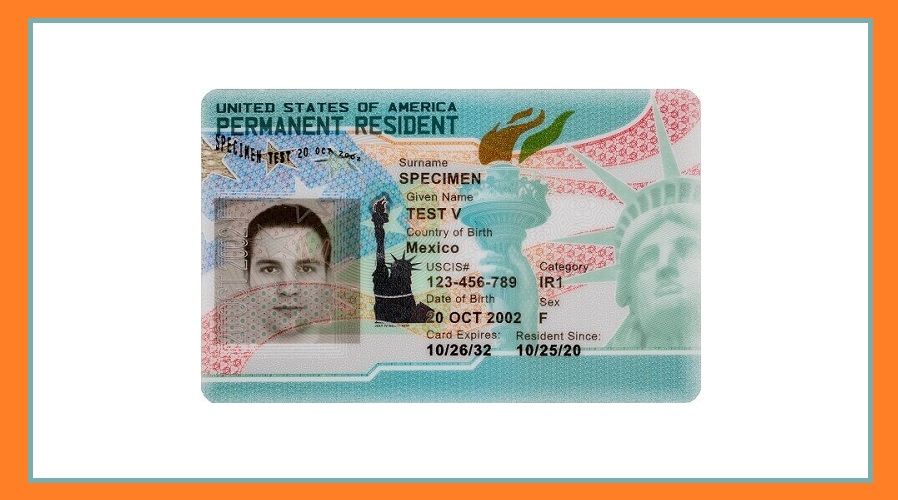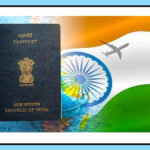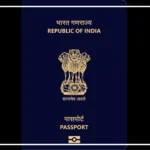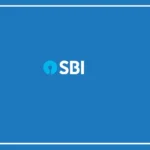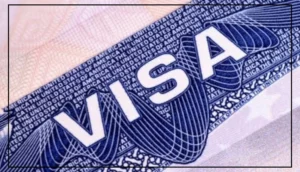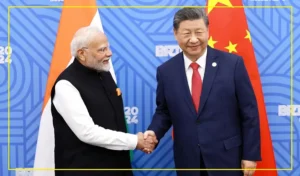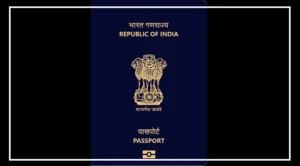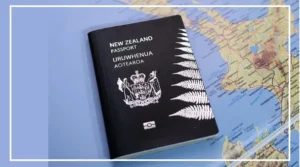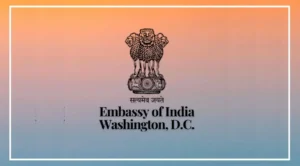The process for obtaining a green card (permanent residence) in the United States is set to undergo significant changes.
The Department of Homeland Security (DHS), under the Trump administration, plans to introduce new rules, which are expected to be open for public comment by January 2026.
The main goal is to make the green card process more transparent, modern, and fair, especially for employment-based categories.
These changes aim to give highly skilled, innovative, and qualified foreign professionals a better chance to work in the U.S.
Who Will Benefit and How
Under the new rules, individuals such as people with extraordinary abilities, outstanding professors and researchers, IT engineers, doctors, scientists,
and other researchers can apply for a green card using clearer and more precise standards.
The government believes the current system often interprets evidence inconsistently.
Applicants will now need to provide stronger and more accurate documentation to prove their qualifications.
In previous years, the Biden administration also tried to attract global talent through programs like the O-1A visa and the National Interest Waiver (NIW).
The O-1A visa is for people with exceptional achievements in science, education, business, or sports.
The NIW’s EB-2 category simplifies the green card process for individuals whose work serves the national interest.
Impact on Professionals
Experts say the new rules, if implemented, could particularly benefit Indian IT professionals, scientists, and other skilled workers.
However, the application process may become stricter because of higher documentation requirements and clearer standards.
This ensures that only those who truly have exceptional abilities and can contribute to U.S. innovation and competitiveness succeed.
The draft of the proposed rules has not yet been released. It is expected to be published for public comment by January 2026, allowing companies, universities, and organizations to share their feedback with the government.


